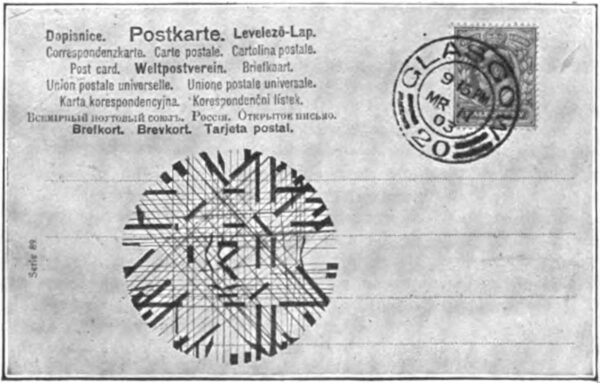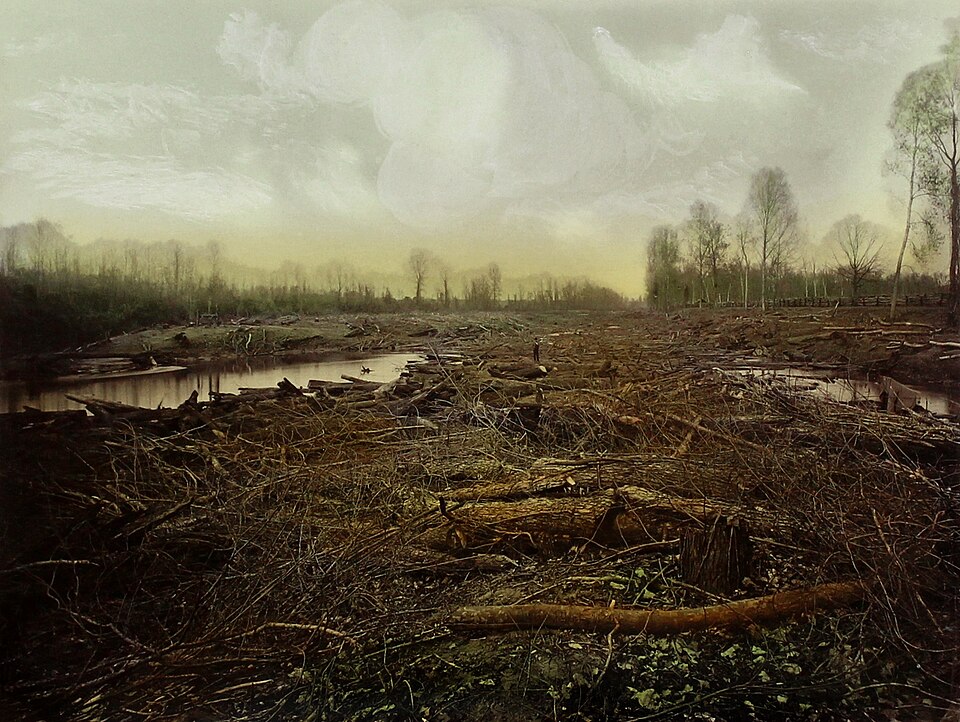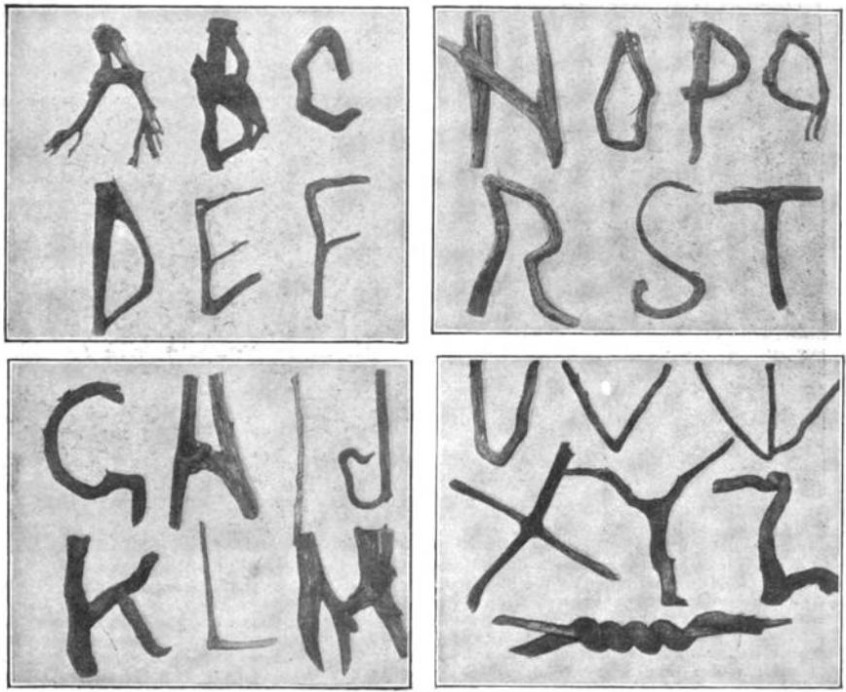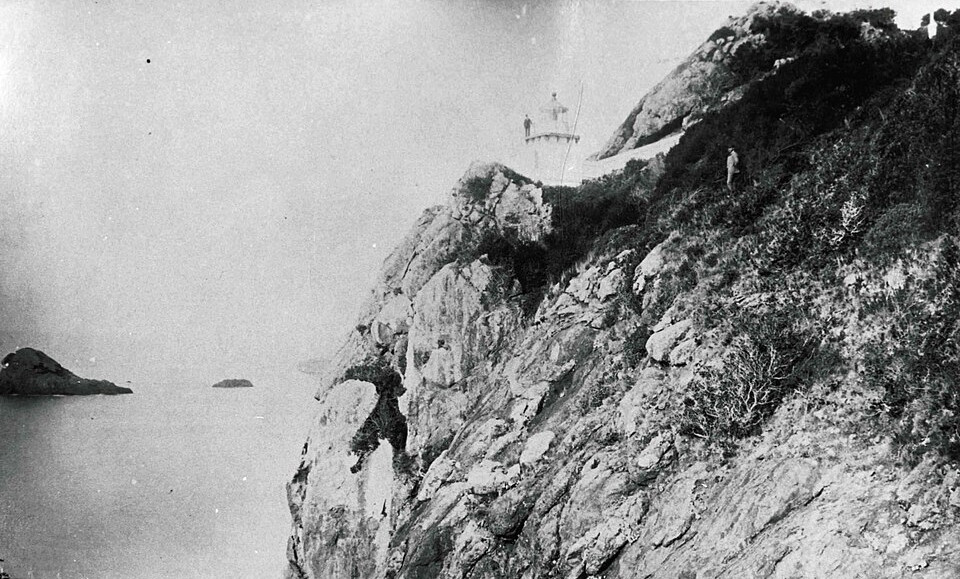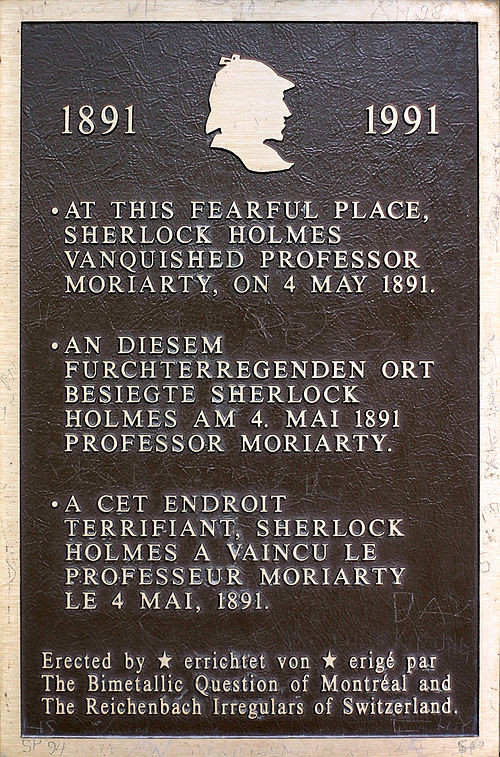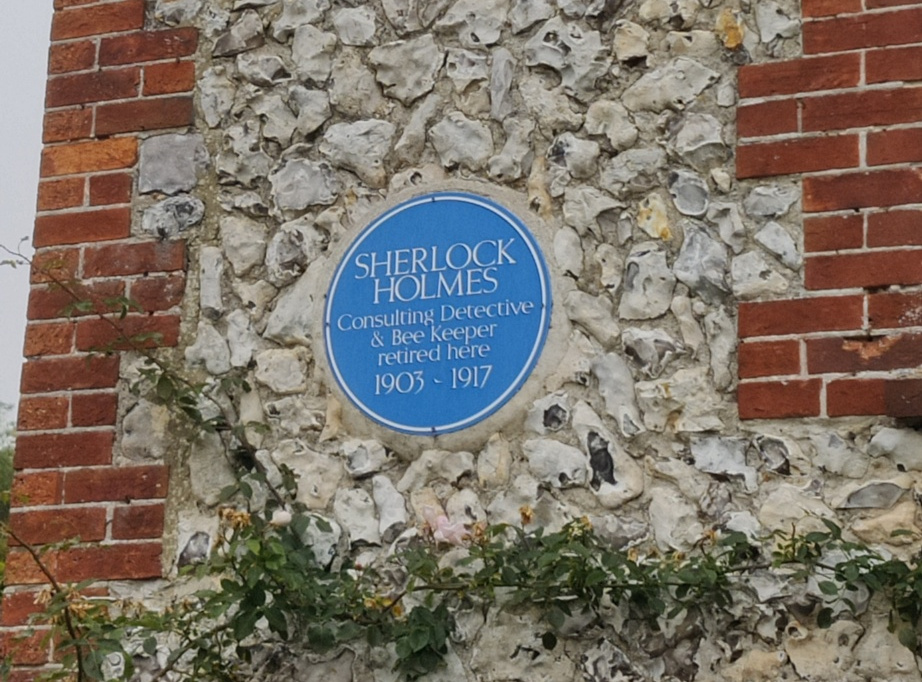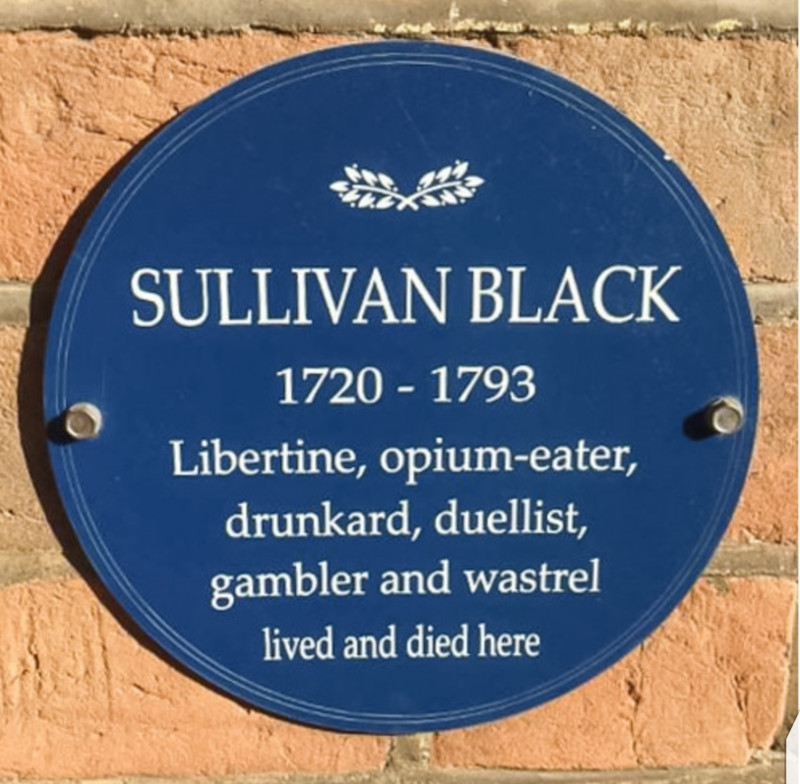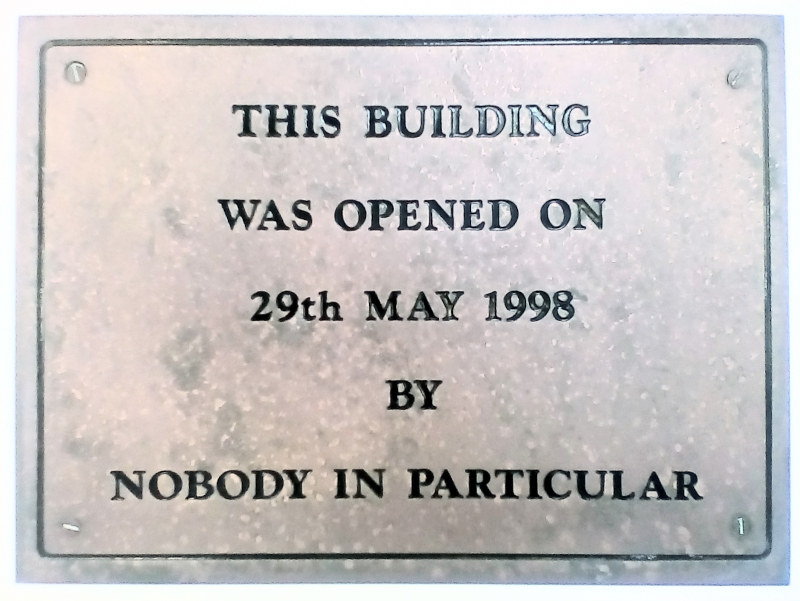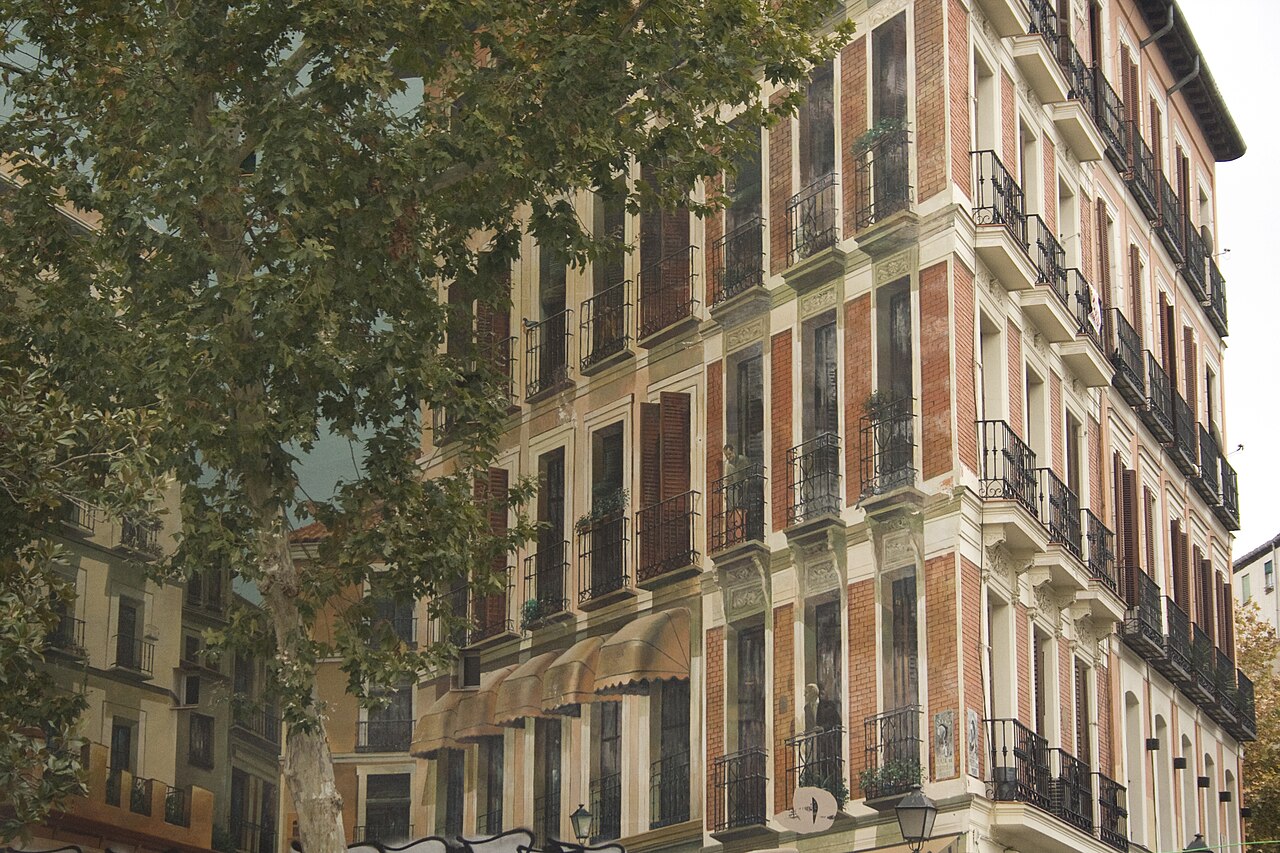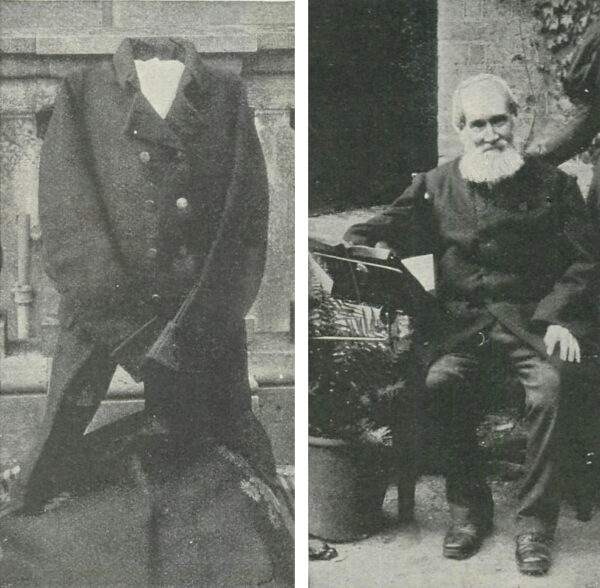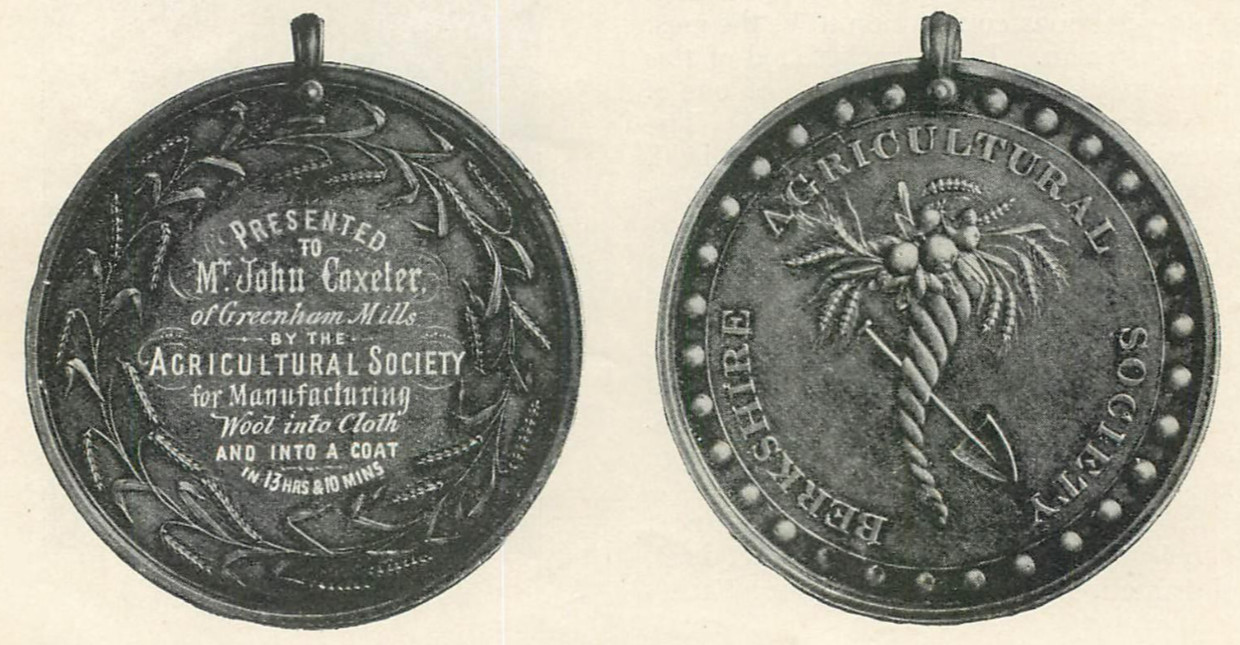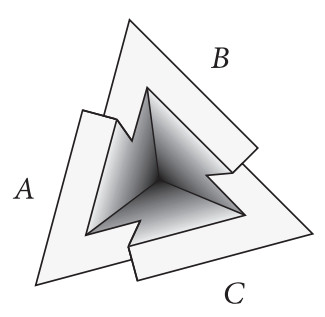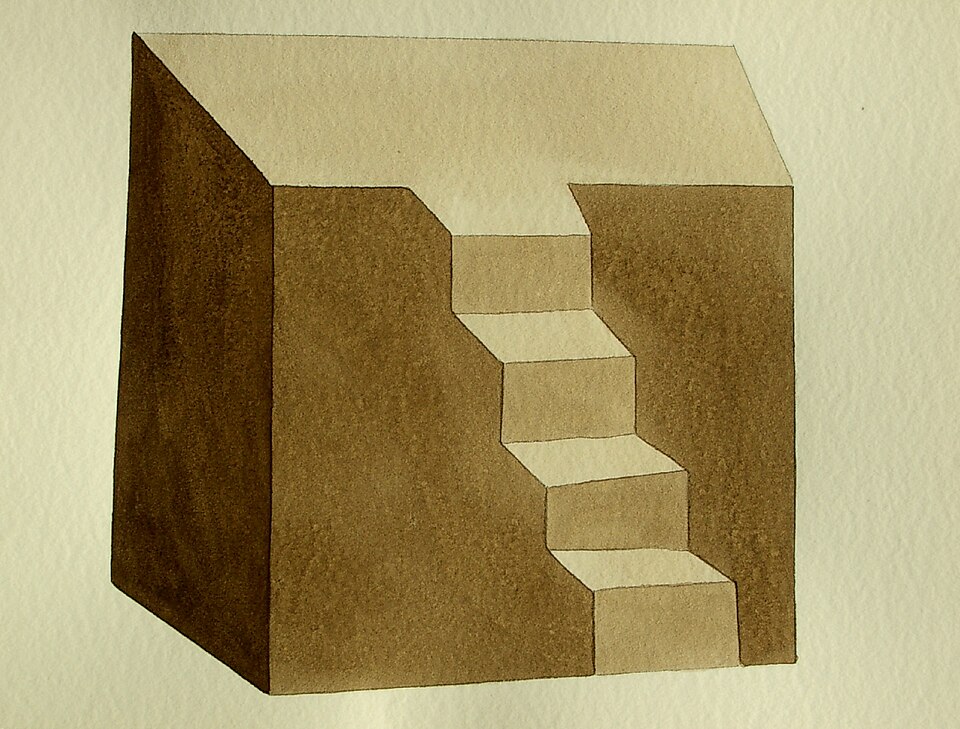‘I send you a post card which was delivered safely the day after it was posted. I think the address reflects credit on both the ingenuity of the sender and the cleverness of the Post Office officials.’ — A Folkestone Correspondent
(From Strand, December 1903.) (Click to enlarge.)
UPDATE: A number of readers have asked for the solution. The Strand gives none, and perhaps had none, but a diligent postal worker who viewed the envelope edge-on would have discovered that the circle is composed of four overlapping sets of letters, offset from one another by 45 degrees and each so tall and narrow as to be otherwise unreadable. When they’re viewed at an angle, perspective condenses the letters into four phrases:

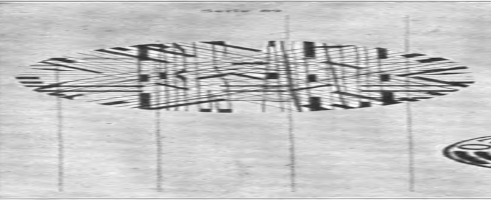


By my best reading, the address is C.H. BRUCE, ESQR, EARLS AVENUE, FOLKESTONE, ENGLAND.

